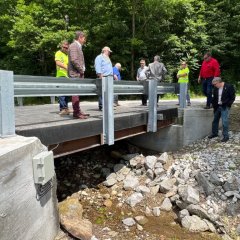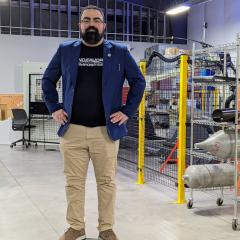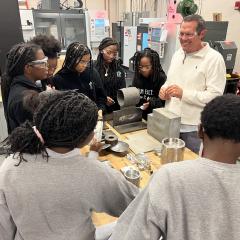
It looks like a simple creek crossing. A small deck, some guardrails, riprap below. On the windy roads of rural East Tennessee, there are thousands of small bridges that look similar, but this bridge is like no other. The Little Bridge That Could has the power to change the way we approach infrastructure in America.
Morgan County, Tenn., is the...





